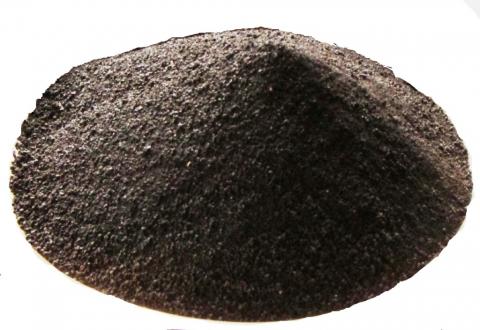Shilajit Constituents
Non humic substancs or Low molecular weight organic compounds – Dibenzo-alpha pyrones 0.4-1% (w/w), phospholipids, triterpenes and phenolic acids
Humic Substances: humic acid, fulvic acid 3-5%
Minerals or trace elements - silica, iron, antimony, calcium, copper, lithium, magnesium, manganese, molybedenum, phosphorous, silica, sodium, strontium, zinc
Shilajit contains humic and non-humic substances as its bioactive organic compounds. A study done by S. Goshal shows that humic substances is responsible for the major organic mass (80-85%) of shilajit. Humic substances (HS) are complex mixtures formed during decay of latex and resin bearing plant . HS are generically classified into fulvic and humic acid fractions according to their solubility properties. Humic (HA) and fulvic acids (FA) are metal-organic complexes of soil humus, which contain nitrogen, oxygen and sulphur as heteroelements in their molecules. The medicinal properties of Shilajit are ascribable to non humic substance (oxygenated di-benzo-alpha pyrones), humic substance (fulvic acids) and minerals.

In Ayurveda, medicinal properties and actions of a drug are assumed and determined by its Rasa (taste), Guna (quality), virya(potency), Vipak (Bio-transformed Rasa or essence) and Prabhaba (specific potency). Shilajit has3
Rasa (taste) : bitter, salty, astringent, pungent, sweet and sour.
Guna (quality) :heavy, unctuous and soft
Virya (action): cold
Vipaka (Essence): Pungent








 Cart :
Cart :